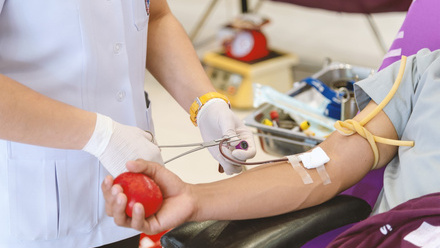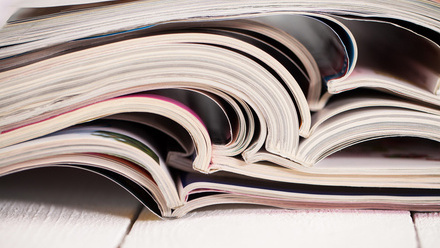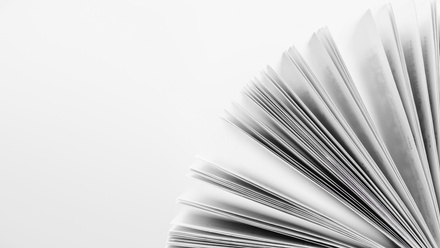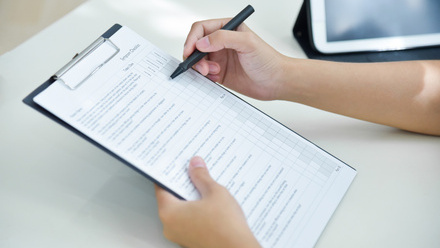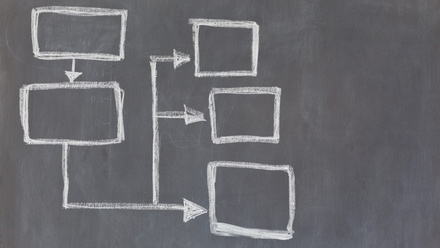Recommended links
The International Rare Donor Panel (IRDP)
The International Rare Donor Panel (IRDP) was conceived under a joint World Health Organisation (WHO) and ISBT initiative in 1965 to facilitate the rapid location and exchange of rare blood between countries. The panel currently contains details of rare donors from 27 contributing countries and also frozen unit inventories from frozen blood banks around the world.
The compilation and maintenance of the IRDP is carried out by The International Blood Group Reference Laboratory (IBGRL) in Bristol, UK and the IRDP database can be accessed by authorised users via the website https://ibgrl.blood.co.uk/services/international-rare-donor-panel/.
Access is restricted to medical professionals who may be required to source rare blood for clinical use only. All access requests should be made by email to the IBGRL ([email protected]) and staff at the IBGRL will also be happy to assist with a search when required.
German Society for Transfusion Medicine and Immunohematology (DGTI)
DGTI represents Transfusion Medicine in the German-speaking countries (Austria, Switzerland and Germany). DGTI comprises a WP on rare blood groups (Arbeitsgruppe "Seltene Blutgruppen").
Their website supports colleagues in their search for rare blood providing links to national and international institutions with stocks of rare blood or registries of rare donors. The website also deals with the current rare blood challenges; this information is partially in English.
To register Rare Donors on the DGTI's Registry, click here.
Canadian Blood Service, rare blood program
Did you know that some people’s blood is rarer than others?
It’s not just about being type A, B, O or AB. On the surface of our red blood cells are proteins called antigens. There are more than 600 known antigens — and some combinations of antigens are far less common than others.
Whenever a blood transfusion is required, time is of the essence. But if someone in need has rare blood, finding a matching donor can be hard.
Through our Rare Blood Program, we make sure lifesaving rare blood is available to patients whenever and wherever it’s needed.
Spanish Transfusion Society (SETS)
The link in Spain that interested people could consult is that of the Spanish Transfusion Society (SETS), where the donors that are part of our registry and the available cryopreserved units are shown annually.
Danish Blood Alliance
https://bloddonor.dk/fakta-om-blod/blodtyper/
GCIAMT
The GCIAMT's mission is to promote and encourage the development of Transfusion Medicine for the benefit of the population's health and well-being and to connect societies, associations, cooperative groups, institutions, blood banks, hemotherapy services, transfusion services, community blood and component collection centers, and organizations involved in the recruitment of blood or component donors, collection, processing, distribution, and transfusion, whether public or private, duly registered and authorized by the competent health authority. It must also bring together all qualified Ibero-American professionals in this field.
Vision
GCIAMT will be the leading organization in the region focused on improving health through the application of science and standardizing the practice of transfusion medicine and cellular therapy.
References
Datta SS, Sil S, Mandal S. Rare blood group registry in India-current challenges and future perspectives. Front Genet 2023 Sep 11;14:1264853. doi: 10.3389/fgene.2023.1264853. PMID: 37779913; PMCID: PMC10535088.
Lima MR, Silva CA, Trindade ZCG, Peçanha M, de Menezes C, Brandão MBF, Leão e Silva LO, Rodrigues SM, Cavalcante AMC, Pedro Henrique Ferreira Marçal PHF. La importancia de identificar fenotipos raros en donantes de sangre: una revisión de la literatura (The importance of identifying rare phenotypes in blood donors: a literature review) REAS 2022 | Vol.15(6) | DOI: https://doi.org/10.25248/REAS.e9746.2022
Polovarapu L, Shastry S, Chenna D Implementation of a regional rare donor registry in India Med J Armed Forces India 2021 doi:10.1016/j.mjafi.2021.06.004
Araujo CSR, et al. Identification of rare blood types in southern Brazil: impact on transfusion support Immunohematology 2020; 36(4): 152-156
Denomme GA, Anani WQ Mass-scale red cell genotyping of blood donors from data visualization to historical antigen labeling and donor recruitment Transfusion 2019;59:2768-2770
Ghezelbash B, Moghaddam M, Aghazadeh S Challenges of establishing a national rare donor program in Iran Int. J. Hematol. Oncol. Stem Cell Res 2018;12;213-219
Alves VM, et al. Frequency of red blood cell genotypes in multi-transfused patients and blood donors from Minas Gerais, Southeast Brazil Transfus Apher Sci 2018; 57(1): 71-75.
Quiterio GS, Souza SA. Fenótipos sanguíneos raros no hemocentro de Ribeirão Preto Tese (Sec. Est. Saúde. SP). Ribeirão Preto, (Sec. Est. Saúde. SP). Ribeirão Preto, 2018; 31 p.
Paccapelo C Managing a rare donor programme: the immunohematology laboratory perspective ISBT Science Series 2018;13:11-15
Agarwal RK, Ankita K, Gowda P, Agarwal S, Sabravis AG, Panthangi R et al. Managing rare blood group requests – Bombay oh phenotype: our experience with www.bombaybloodgroup.org Blood Transfus 2016;14:89-90
Rodrigues AT Aloimunização de doadores de sangue como fonte de anti-soros e hemácias raras. Dissertação. Universidade Estadual Paulista, Botucatu 2016 Dissertação. Universidade Estadual Paulista, Botucatu
Schorner EJ. Guia nacional para implantação de banco de sangue com fenótipos raros: uma proposta para a hemorrede pública brasileira Dissertação. Universidade de São Paulo 2015 Dissertação. Universidade de São Paulo
Alves VM, et al. "Pesquisa de aloimunização após transfusão de concentrados de hemácias em um estudo
prospectivo." Rev Bras Hematol Hemoter 2012; 34(3): 206-11.
Joshi SR, Vasantha K A profile of rare bloods in India and its impact in blood transfusion service Asian J. Transfus. Sci 2012;6:42-43
Setya D, Tiwari AK, Arora D, Mitra S, Mehta SP, Aggarwal G The frequent and the unusual red cell phenotypes in Indian blood donors. A quest for rare donors Transfus. Apher. Sci 2020;59:102765
Talukder B, Datta SS, Mukherjee S, Mukherjee K Prevalence of Bombay group blood in southern Bengal population Indian J Hematol Blood Transfus 2014;30:149
Yang MH, Chen JW, Wei ST, Hou SM, Chen YJ The efficacy of ethnic specific blood groups genotyping for routine donor investigation and rare donor identification in Taiwan Vox Sang 2022;117:99-108

